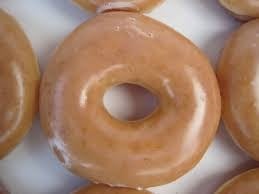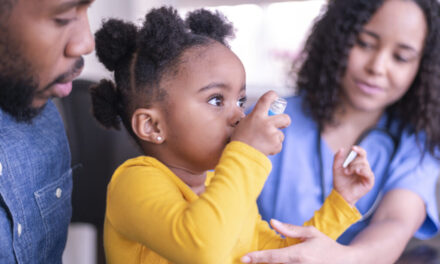African Americans spend more on bottled water than any other group, but are we getting our money’s worth?
Americans love their bottled water. We spent more than $31 billion on packaged H2o in 2018, according to a new survey conducted by Consumer Reports. Perhaps the biggest surprise is that black Americans spend a lot more on store-bought water than any other group. We spent $19 billion in 2018, compared to just $9 billion for whites. And, black households, as well all households included in the survey, families earning less than $24,999 account for 51 percent of the market. People making $100,000 are just 31 percent of the market.
The organization did not take a deep dive into why black people spend more, but the survey data tells at least part of the story. In the poll of 4,225 Americans, 59 percent of black respondents said they thought bottled water was safer than tap water, compared to only 32 percent of whites.
Given the nightmare endured by black communities during the Flint, Michigan, water crisis in 2014, and the longstanding environmental inequities visited on people living in communities of color nationwide, it’s easy to understand why people who may already struggle to make ends meet fear that their tap water is unsafe.
Yet, one of the central points of the Consumer Reports survey and investigation is that in many communities, people may be overestimating the safety of bottled water, and underestimating the safety of their local, municipal water supplies.
While the Food and Drug Administration (FDA) and the Environmental Protection Agency (EPA) set safety regulations for bottled and municipal water, the agencies allow local authorities and private companies to do their own testing, so it is not possible to have safety information on every brand on the market. Much of the brand testing is also anonymous, so they do not have report to consumers.
Several studies have identified safety issues in bottled products. Previous Consumer Reports tests reported unsafe levels of arsenic (a chemical that naturally occurs in soil that is unsafe above 10 ppb, according to the FDA) in popular mineral waters, including Whole Food’s Starkey brand, Keurig’s Peñafiel and Alpine’s Crystal Geyser. Companies can remove the chemical, once it is identified, but consumers have no way of knowing if that has occurred. Radium and heavy metals have been found in brands as well.
It may also come as a surprise that more than 60 percent of the crystal-clear liquid we purchase each year in bottles is filtered tap water from various municipal water supplies around the country. Dasani (owned by Coca-Cola), sources its water from Detroit, for example. Aquafina is also from multiple municipal water sources. The companies treat the water they purchase, though some of it, Consumer Reports pointed out, is returned as waste water.
The other concern is the safety of plastic bottles. A 2018 study, conducted at the State University of New York, found that 93 percent of the bottles tested, across 11 brands, contained microscopic bits of plastic. The brands included Aquafina, Dasani, Evian, Pure Life and San Pellegrino.
There’s no perfect solution to regularly sourcing drinking and cooking water that’s pure, but here are a few options:
l. Test your tap water: Unlike bottled water, tap water is closely monitored in most of the country and contaminants must be reported. If you receive municipal water, and pay a water bill (property owners), you should receive a water quality report each year. If not, call your local water supplier. If you rent, ask your landlord. If you use a system with more than 100,000 people, the annual report should be online. Call the Environmental Protection Agency (EPA) for report questions at 800-426-4791. Even if you get a safety rating, ask EPA experts about special lead testing and approved at-home test kits.
2. Check your well water: Having your well water tested is worth the cost, as you may have lead, minerals or even farm pesticide run-off in rural areas. The EPA can also advise on the most accurate testing methods and ways to address toxins if they are found.
3. Switch to home filters and glass bottles. Of course you want the convenience of grabbing a bottle of water in public, but investing in a filter at home and your own glass storage or portable water bottles may be expensive at first, but may reduce health risks and save money in the long run. The most thorough option (and the most expensive) is a reverse osmosis filter. Costs run from a few hundred to thousands, depending on how elaborate the system may be. It’s a worthwhile investment if you own your home. Filtered water also tastes better, even if your tap water is safe.
Effective, less expensive options include filters you can attach to your tap, such as Brita On Tap, $20, or the PUR FM 3700B, $28.
Taking control of checking and filtering your own water requires an investment in time and money, but the savings, and possibly the health benefits, will add up over time.








